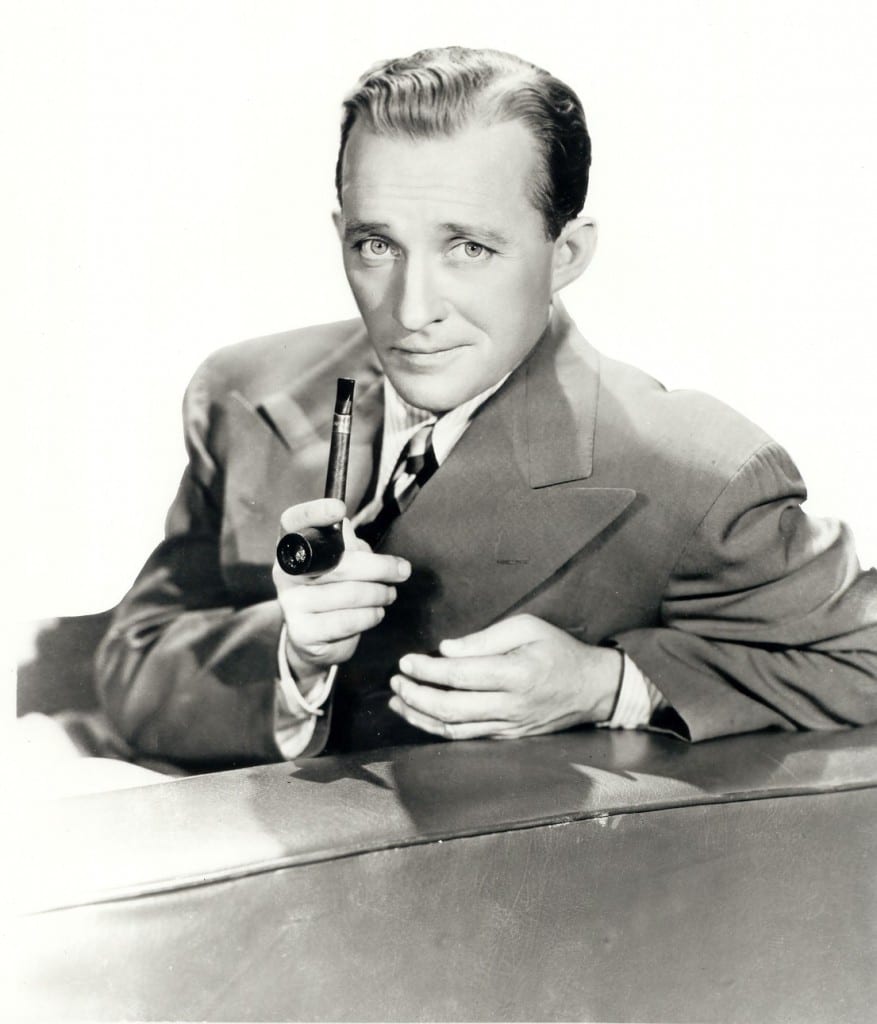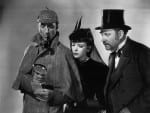This week’s TWIH post celebrates the life of a certain Spaghetti Western legend, and showcases the births of two fantastic actors.
On the 2nd of May, 1901, Bing Crosby was born in Tacoma, Washington. He started out singing in a band called Musicaladers. From then, he stormed the US, hitting his musical peak with his 1941 cover of White Christmas. His acting career was plentiful as well, with greats such as White Christmas (1954), Going My Way (1944), and The Bells of Saint Mary’s (1945).
The actor Daniel Day-Lewis was born on the 29th of April, 1957 in London. He has starred in a number of critically acclaimed films such as My Left Foot (1989), There Will Be Blood (2007) and Lincoln (2012). He is best known for his use of method acting. For example, in the filming for My Left Foot, in which Day-Lewis played the role of the Irish artist Christy Brown, he spent almost the entire film shoot in a wheelchair.
And now, on to a sadder note. On the 30th of April in 1989, the great western director, producer and screenwriter Sergio Leone passed away. He leaves behind a legacy of many fantastic Spaghetti Western films, and is renowned for his use of extreme close up shots combined with lengthy long shots. A selection of his best and most critically acclaimed films follows:
The Last Days of Pompeii (1954), The Colossus of Rhodes (1961), the Dollars Trilogy, and Duck, You Sucker! (1971).









